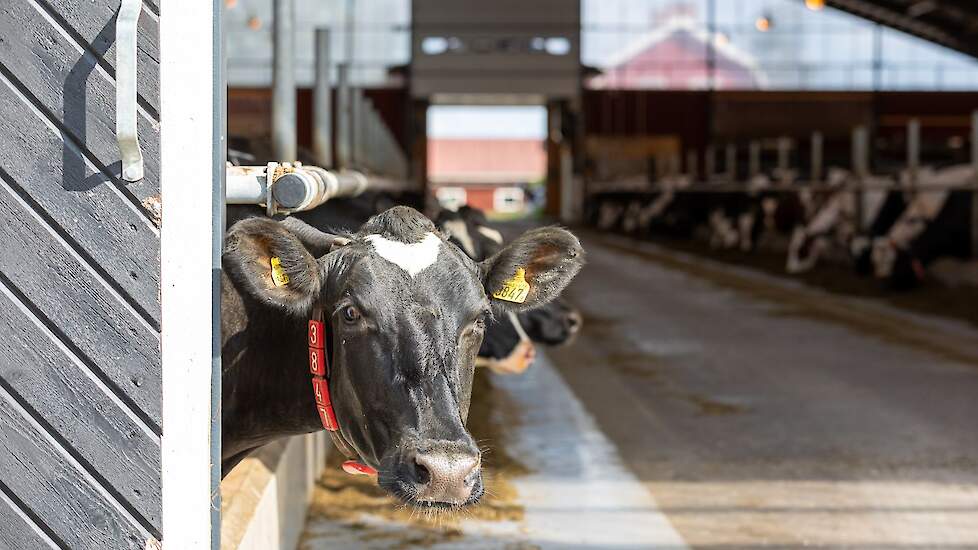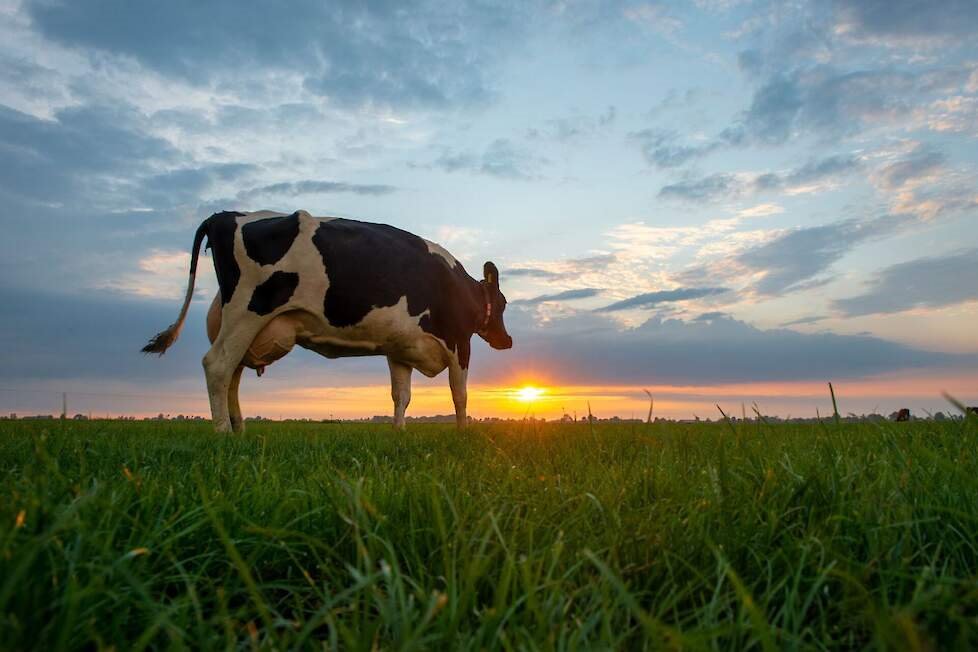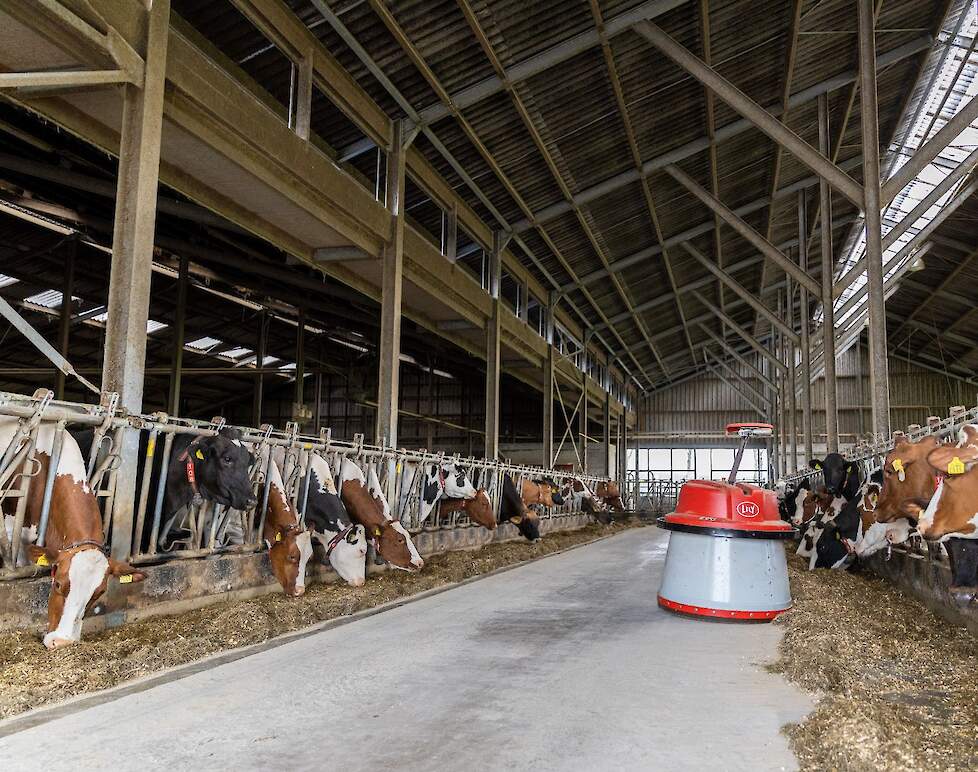


Keep a cool head
Cows produce a lot of heat while ruminating and digesting their feed. If they are unable to release this heat to the environment, milk production will come under pressure. To prevent this, a well-ventilated stable is important. Not only is sufficient fresh air necessary, but also sufficient air flow so that cows can cool down. When cows have difficulty losing their heat, the number of visits to the milking robot will come under pressure. It is therefore recommended that, in addition to the stable, the robot room is also well ventilated. This makes the cows happy to come to the robot and the number of milkings will remain at the same level. A fan in the robot room not only ensures that cows like to come to the robot room, but also that cows are less bothered by flies.
Stimulate feed intake
Especially on hot days, it is important that your cows continue to eat. A natural reaction of dairy cows is a decrease in feed intake when the body heats up too much. In this way a cow tries to regulate its body temperature. Digestion requires a lot of energy and this creates a lot of heat. The cow tries to limit this warming by eating less. Reduced feed intake is worrying. Not only is milk production coming under pressure. It can also lead to ruminal acidosis. When a cow consumes less roughage, the concentrate/roughage ratio becomes skewed, which causes a pH drop in the rumen. In addition, a cow will ruminate less due to a decrease in roughage intake. By ruminating sufficiently, a cow produces more saliva, which helps to sufficiently buffer the rumen and thus prevent ruminal acidosis.
Claw health
The cows' claws are a good mirror when it comes to ruminal acidosis. When ruminal acidosis occurs in a cow, this will have consequences for its claw health. A direct consequence is claw deficiency. This is recognizable by bruising in the claw, often accompanied by a softer claw. This is painful, which causes the cow to lie down more, does not like to come to the milking robot and then comes even less often to the feeding fence. To prevent this, a buffer in the feed is recommended from the beginning of summer. This prevents a drop in the rumen pH and thus prevents ruminal acidosis. In addition, feeding more often in a day is desirable. This means that there is fresh feed in front of the fence more often in a day and the cow is triggered to come to the feed fence more often.

Drying period and start-up
A group of cows that is often forgotten during heat stress are the dry cows. This group is at least as important. A dry cow produces more heat because it generally receives a more structured ration. In addition, she also has more difficulty losing heat due to the growing calf. The consequences are often not immediately visible. However, research shows that a cow with reduced intake in the dry period absorbs up to 6 kg of dry matter less during the start-up after calving. This has irrevocable consequences for milk production and, at a later stage, also for fertility. Sufficient ventilation with fans and feeding fresh food more often can help with this.
Fly control
During the summer, the nuisance from flies will also increase again. Flies are not only annoying for cows, but can also be the cause of sore throat, mastitis, choking and diarrhea. The most common flies in the stable are the house fly and stable fly. The stable fly is the most annoying because it stings and feeds on blood. It is advisable to start fly control in a timely manner. You can start combating the larvae in the manure cellars in the spring. Sufficient ventilation helps to limit nuisance to the cows in the stable and near the milking robot. In addition, pouron products or ear tags can be used on livestock to limit the nuisance. Releasing parasitic wasps early in the season can also help reduce fly nuisance.
Measures against heat stress:
Sufficient ventilation, also for the milking robot and dry cows. Provide sufficient fresh water, which is available and accessible in unlimited quantities. Graze cows during the cool times of the day. Provide fresh feed: Feed more often in a day. Use a scalding inhibitor. Ensure sufficient feeding speed in the silage. Use a buffer in the feed to prevent rumen acidosis. During longer warm periods; adjust the ration and concentrate the energy.

Curious about more information and tips, go to www.lely.com/nl/fms-in-de-regio
Source: https://www.melkvee.nl/artikel/484235-tips-om-hittestress-bij-uw-koeien-te-voorkomen
